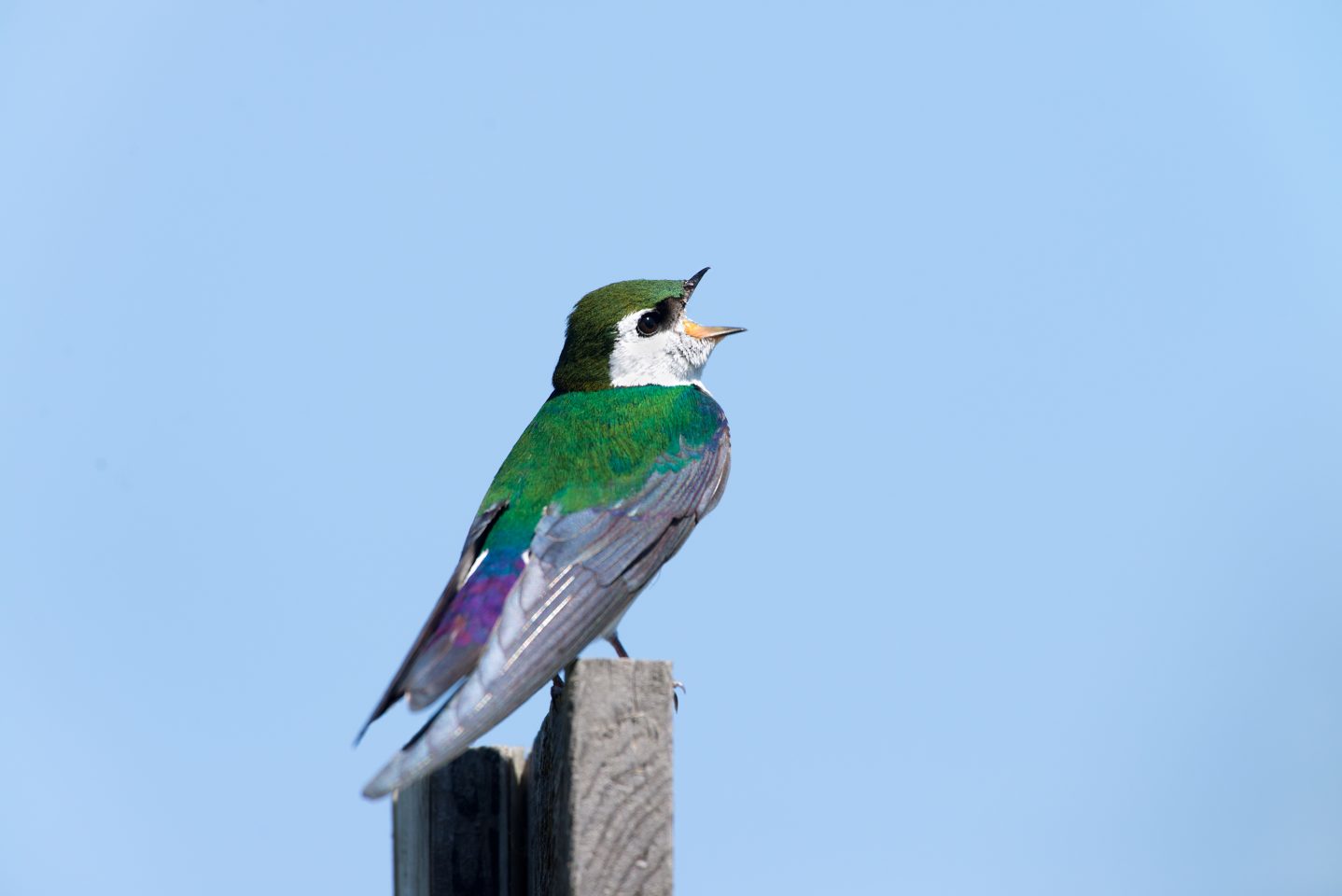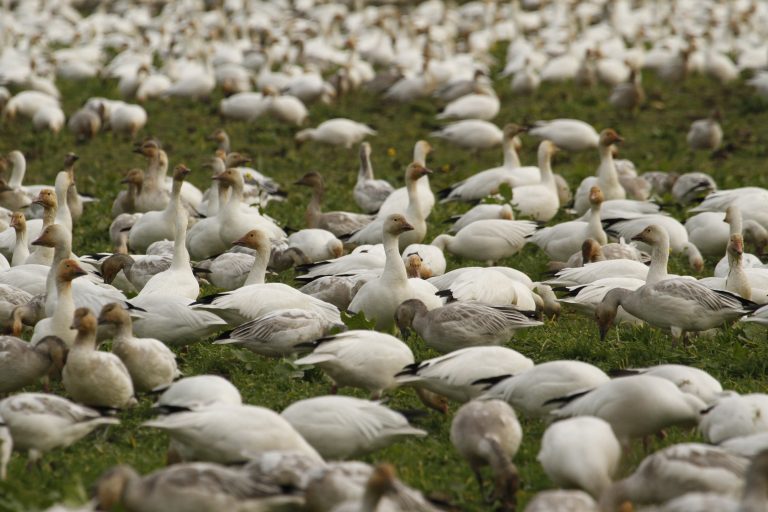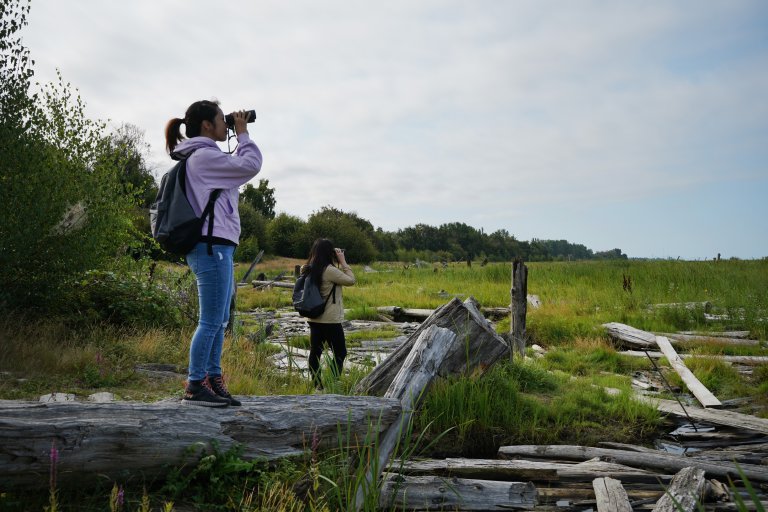Identifying birds can be challenging and even intimidating, but it’s rewarding once you get the hang of it. A common first step to identifying birds is through sight; taking into account a bird’s size, colour patterns, behaviour, and even surroundings and habitat. Another way to identify birds however is through sound. Oftentimes, you will hear a bird’s song or call before you even see them.
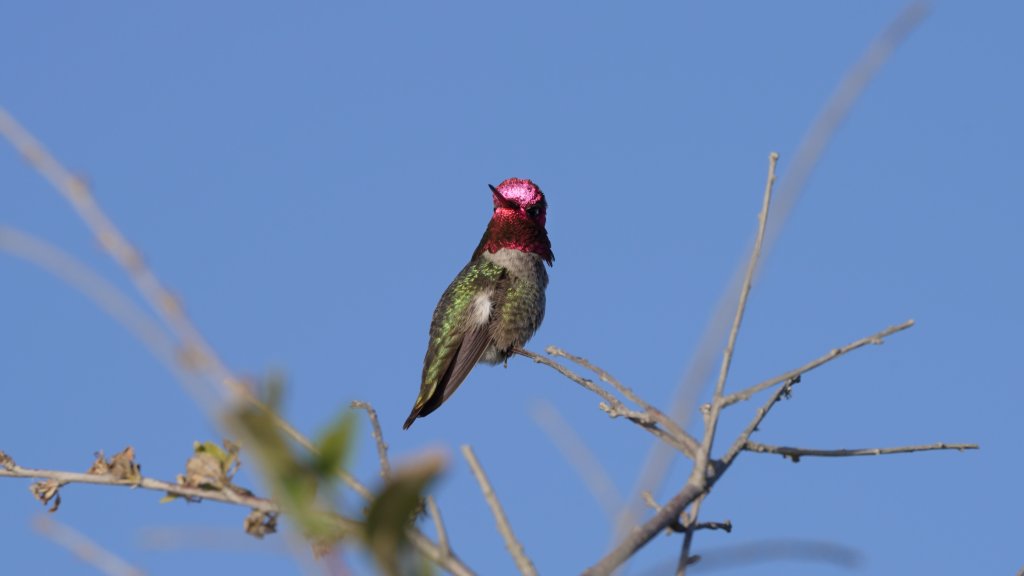
Getting started with recognizing birds by their calls and sounds is not difficult, it just takes some practice. It’s a skill you can learn and develop and you’ll be surprised that you may already know some common BC bird sounds. You know what a crow sounds like, right? There you go, that’s one! If you’ve been camping in BC, you can probably recognize the calls of a Steller’s Jay. You may have heard the buzzing sound that Anna’s Hummingbirds make when they zip past to go to a feeder without even knowing it.
Tips on IDing Bird Songs and Calls:
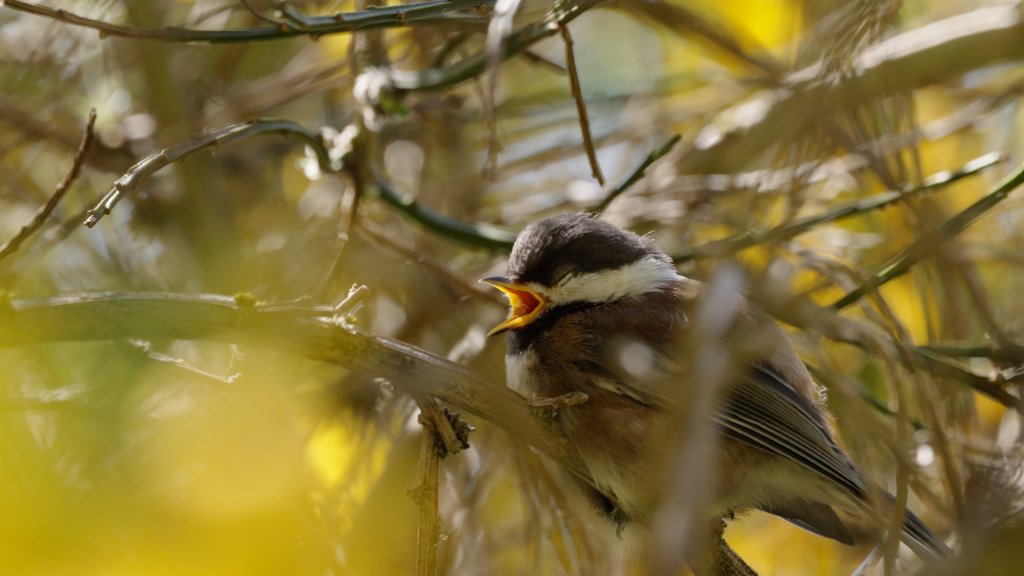
Keep your ears and eyes peeled.
When you’re starting out, pay attention to what you hear and not just what you see. You’ll hear many birds whose calls you don’t know. Focus on one, and try to spot the bird. If you do, make a mental note of what it sounds like and looks like. Do this a handful of times and you’ll start being able to recognize some of the common birds in your area.
Listen to bird calls online before you go birding.
If you hear a bird but don’t see it, you can try birding websites and apps that have audio clips of each species. If you’re trying to find a specific species on an outing, look up its songs or calls before you go. It’s helpful to take some time to listen to calls or songs of all the birds that could be in your area, as you may recognize their calls once you are birding.
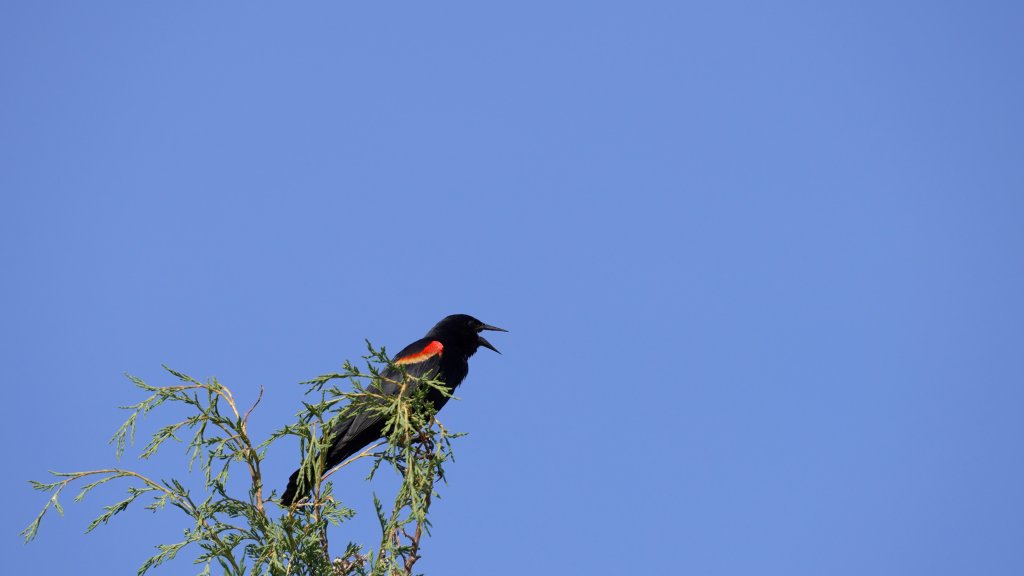
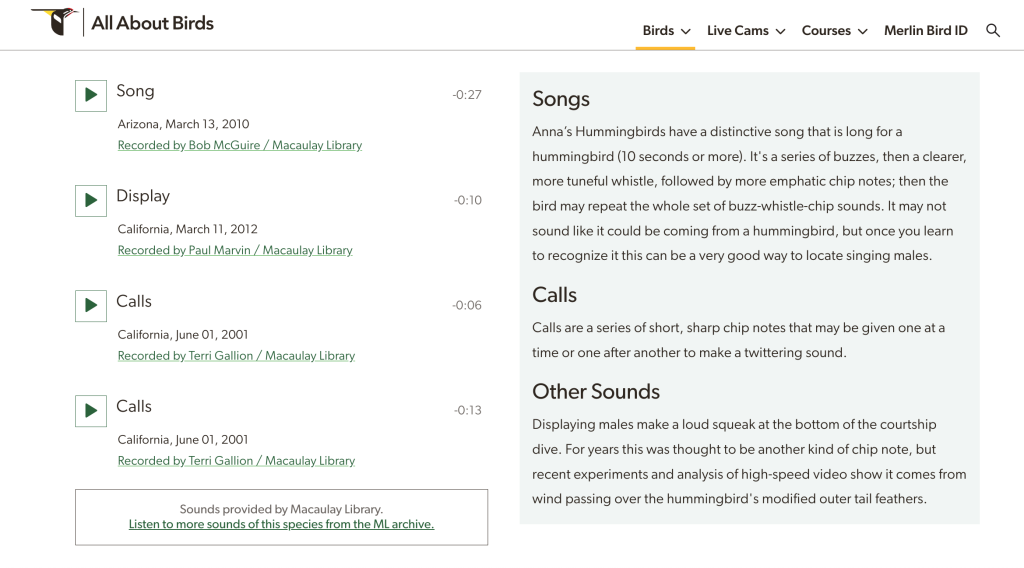
Utlizie bird IDing resources.
All About Birds, by the Cornell Lab of Ornithology, is a great resource for IDing birds. They have recordings of calls and songs from thousands of birds. You can use All About Birds to learn about the calls of birds to get yourself familiar with them before you go out birding.
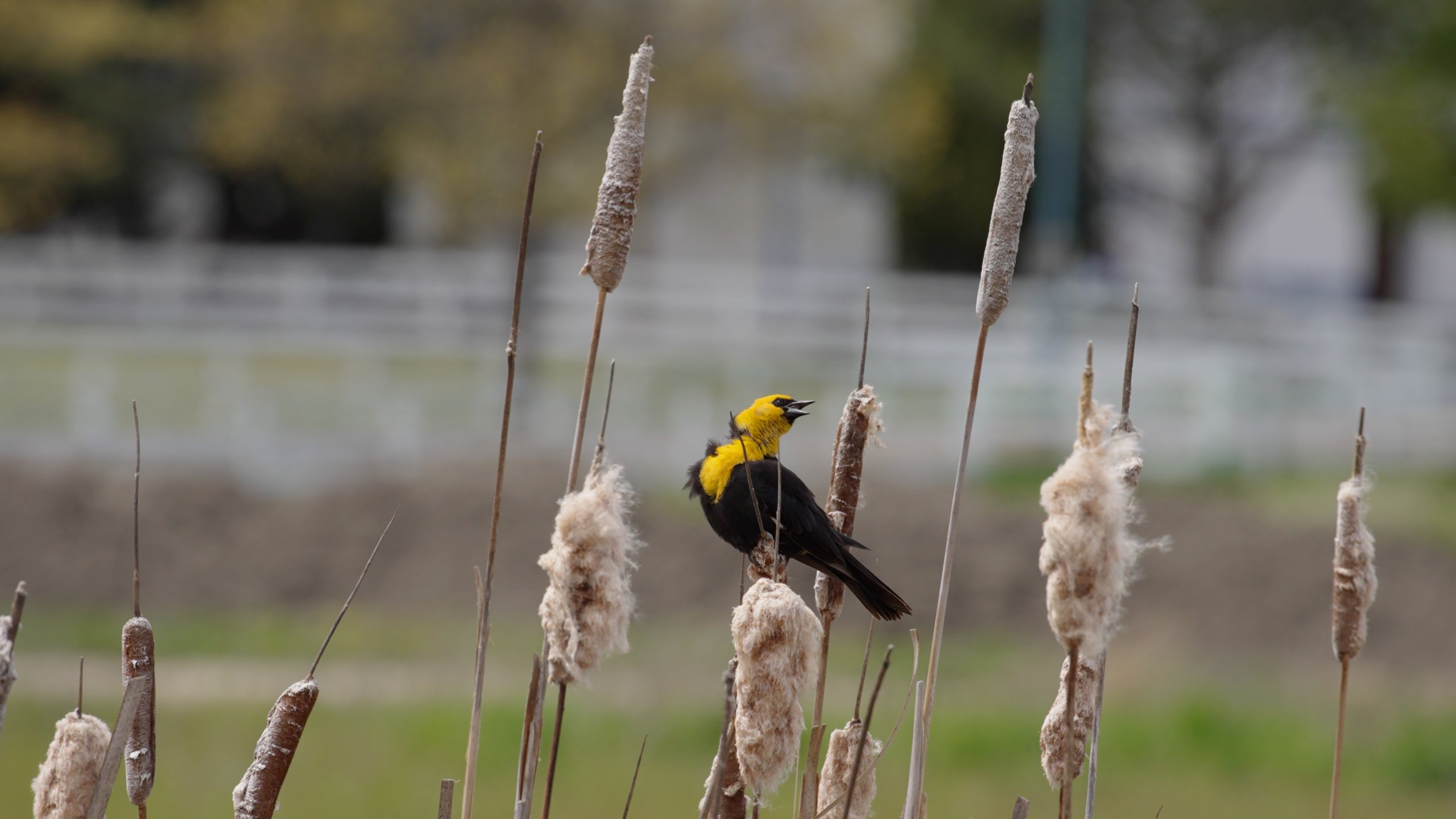
Remember phrases to help identify birds.
Birders have a trick for remembering which bird makes what sound. Sometimes you’ll see bird calls written as an interpretation of what their call sounds like to humans. Two fun examples are the Barred Owl and its “Who – Who cooks for you?” call and the Olive-sided Flycatcher’s “Quick, three beers!” These may sound silly, but once you hear their call, you’ll never forget which bird it is!
When is it Useful to ID Birds by their Songs and Calls?
Listening to and identifying birds by sound is extremely useful for birds that rarely come out of hiding. For example, it’s not common for a Swainson’s Thrush to come out in the open on a branch, but they have a delightful spiralling song that brightens up the forest.
Note that some birds have many different songs and calls. In the same way that our voice sounds different if we’re talking with a friend vs. yelling for help, birds have different calls for things like attracting mates and calling out an alarm with a predator nearby.
A lot of bird calls can be difficult to tell apart and some experienced birders can pick out the tiniest difference between similar birds. This can be pretty discouraging when you’re just beginning, but again, remember that every single species you learn makes a difference in your bird-watching experience. Keep listening and make use of online resources to help you improve.
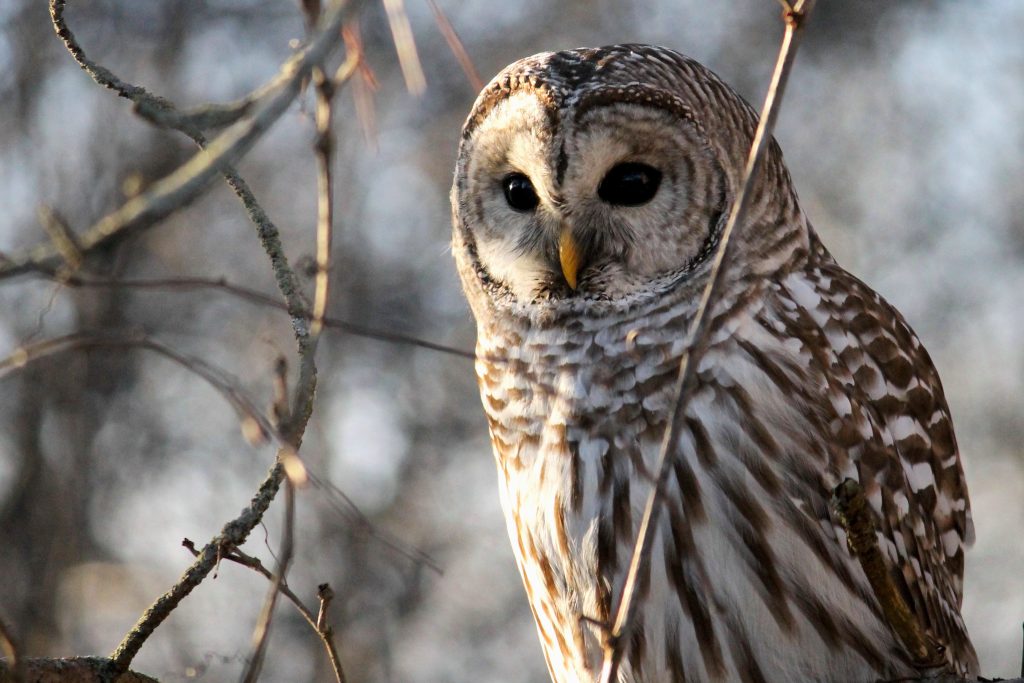
Keep Your Ears to the Skies
You don’t need to recognize every bird you hear to make learning calls worthwhile. Even getting familiar with a dozen or so common species can transform your time outdoors—deepening your connection to nature and boosting your enjoyment. Once you start tuning in to birdsongs and calls, you’ll quickly discover a whole new level of appreciation. Before you know it, you’ll have a few favorites and find yourself noticing them wherever you go!
Find a Bird Trail or Outpost near you and get out there to start your BC bird IDing journey!
Want to learn more birding basics? Check out our other Birding 101 Blogs:
- Birding 101: What is Birding?
- Birding 101: Identifying Birds by Sight
- Birding 101: Birding Glossary
- Birding 101: Essential Apps
- Birding 101: What’s in Your Bag
- Birding 101: Backyard Birding
- Birding 101: Counting Birds
- Birding 101: Responsible Birding
